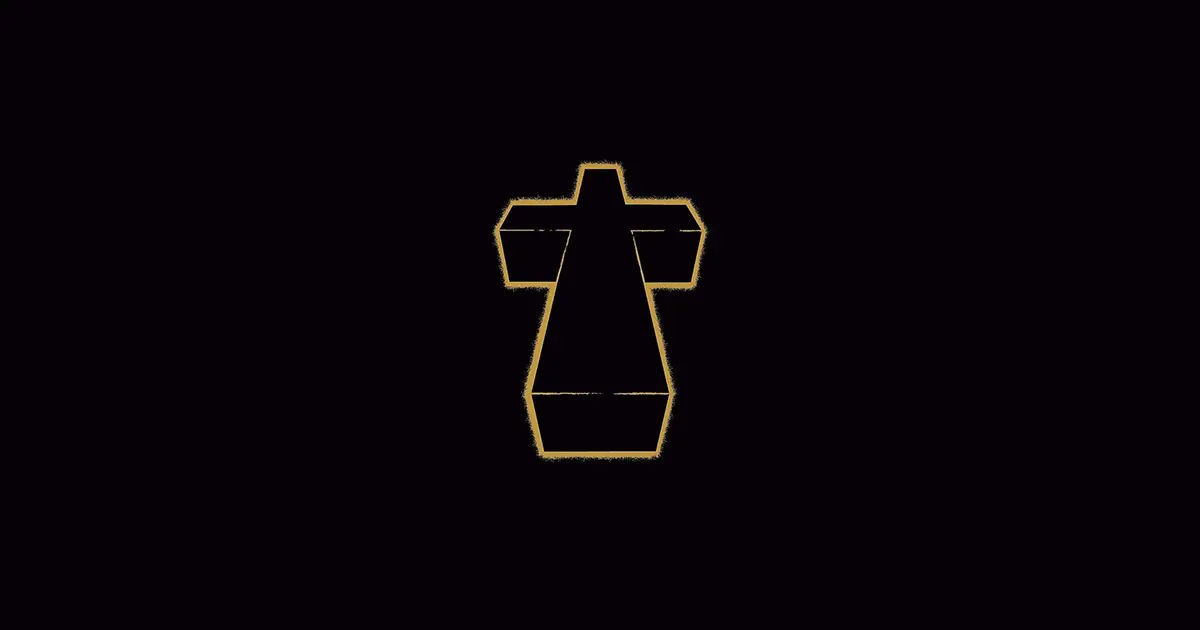Jan 18, 2025
|
4
min read
Few artists have reshaped electronic music as drastically as Skrillex. Whether you consider him a dubstep pioneer, a production genius, or the face of a genre that took over the 2010s, his impact is undeniable. From his early days fronting a post-hardcore band to his reinvention as one of the most influential producers of his generation, Skrillex’s career is a lesson in reinvention, boundary-pushing, and sheer sonic chaos. And with the release of Quest for Fire, he proves he’s still evolving, still at the forefront, and still impossible to pin down.
From First to Last: Skrillex’s Unexpected Beginnings
Born Sonny John Moore in 1988, Skrillex didn’t start out in the electronic world. His first taste of fame came as the lead vocalist of the post-hardcore band From First to Last, where his raw, high-energy performances gained a devoted following. But after two albums, constant touring, and vocal issues that pushed him to the breaking point, he left the band in 2007, setting out on a new musical path.
Initially, his solo career leaned toward alternative rock, but he quickly gravitated toward electronic production. By 2010, he had rebranded as Skrillex, dropping the My Name Is Skrillex EP for free online. It was raw, aggressive, and filled with sounds that no one had quite heard before—wobbly, metallic, distorted basslines that seemed to punch through the speakers. The industry took notice.
Rewriting the Rules of Dance Music
Skrillex’s real breakout came with the Scary Monsters and Nice Sprites EP later that year. The title track became an anthem, fueled by jagged synth stabs, intricate sound design, and a monstrous bass drop that sent shockwaves through the dance music world. Dubstep had been brewing in underground UK scenes for years, but Skrillex’s version was something else—more maximalist, more chaotic, and tailor-made for the festival explosion happening at the time.
His sound became the foundation of what mainstream dubstep would be. It was loud, relentless, and deeply polarizing, but it worked. The early 2010s saw Skrillex dominate the EDM boom, earning multiple Grammy Awards and becoming one of the biggest headliners in electronic music. His impact was so huge that “the drop” became the defining element of dance music for years.
But while he could have easily ridden that wave forever, Skrillex was never interested in staying in one place. As EDM festivals grew bloated with imitators trying to replicate his formula, he started shifting, exploring different tempos, new influences, and unexpected collaborations.
Beyond the Booth: Collaborations and Crossovers
One of Skrillex’s defining traits has always been his versatility. While electronic music was his foundation, he was never confined to it. His collaborations read like a chaotic, genre-defying playlist: producing for hip-hop giants like A$AP Rocky and Travis Scott, working with pop royalty like Justin Bieber, and even teaming up with K-pop superstars in BTS. His track “Where Are Ü Now” with Diplo and Justin Bieber not only topped global charts but helped usher in a new era of pop music that embraced electronic production.
Beyond production, Skrillex has had a hand in scoring films, working on video game soundtracks, and running his label, OWSLA, which helped launch careers for artists like Porter Robinson and Zedd. He has constantly blurred the lines between underground credibility and mainstream success, jumping between house, drum & bass, hyperpop, and even ambient electronic experiments.
Quest for Fire: A Return and a Reinvention
After years of sporadic releases, Skrillex returned in 2023 with Quest for Fire, an album that felt both nostalgic and radically new. While it still had the sharp edges and bass-heavy energy that made him famous, it was also a deeper dive into dance music history, pulling influences from UK garage, jungle, and house.
Tracks like “Rumble,” featuring Fred again.. and Flowdan, saw Skrillex embracing a grittier, darker sound, with heavy basslines and hypnotic rhythms. “Xena” took a more experimental route, blending tribal beats with glitchy, distorted production, while “Leave Me Like This” brought his signature melodic sensibility into a more club-focused space.
Quest for Fire wasn’t just a comeback—it was a statement. Skrillex had evolved past the loudest-in-the-room dubstep stereotype, crafting an album that showed his range, his influences, and his ability to stay ahead of the curve in an ever-changing industry.
Few artists in electronic music have had a career as dynamic as Skrillex. From his early band days to dominating festival main stages, from redefining pop music production to diving deep into underground sounds, he’s never been one to settle. Quest for Fire is just another chapter in a career that refuses to be predictable. If the past decade has proven anything, it’s that Skrillex will always be two steps ahead, making noise in ways no one expects.





